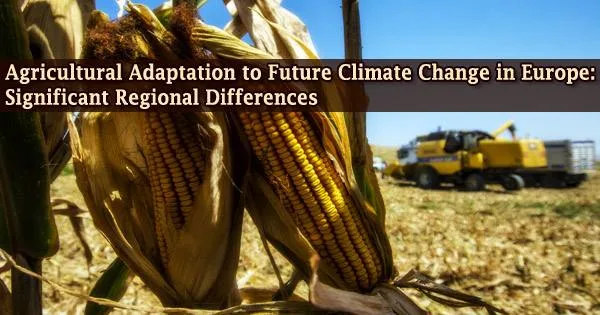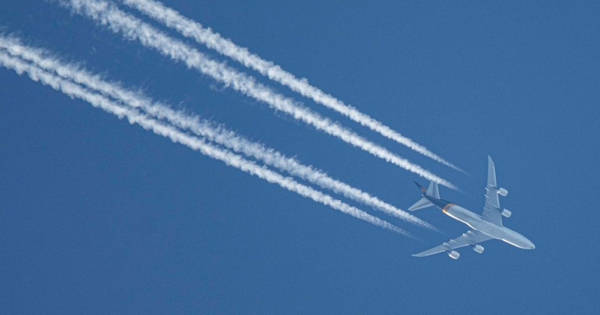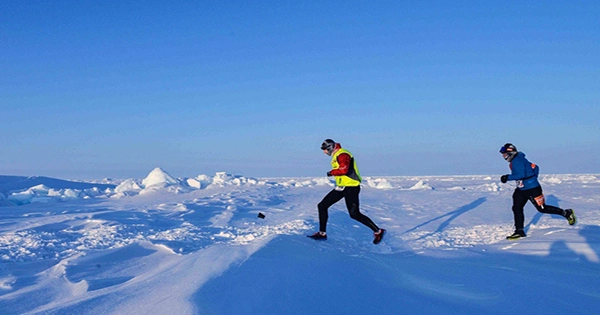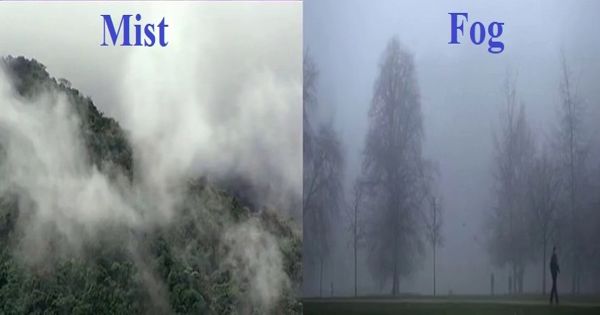It is already happening to us. During the summer, considerable portions of Europe are affected by heat waves and droughts, especially in the south of the continent. In the north, winters have becoming milder and wetter.
Both of these tendencies will persist in the future and have an impact on our agriculture, not to mention food security. But has it already affected the way we farm?
What changes are being seen in practice in different parts of Europe? And what does the future hold for European agriculture?
This has been looked into by a team of researchers from 24 European research institutes, under the direction of Aarhus University.
“So far, only data from field experiments and different crop models have been used to assess different measures to adapt to climate change. But this approach has its limitations, so we have gathered knowledge from a wide range of experts across Europe, in 15 European countries to be precise,” says Professor and Head of Department Jørgen E. Olesen from the Department of Agroecology at Aarhus University.
To be more explicit, Jørgen E. Olesen oversaw the gathering of expert knowledge and evaluations of current and future climate adaption strategies. Currently, the findings have been released in the European Journal of Agronomy.
“We simply consulted experts from all over Europe both those behind desks, but especially those with rubberboots on and dirt under their nails. We’ve asked them what changes they’ve seen in the cropping patterns and management of some of the most important crops in Europe. We also asked them to comment on whether the changes they are experiencing are related to climate change,” says Jørgen E. Olesen.
Large regional differences
The first crop was one of five. They were an obvious choice for the researchers to record changes in crops, cropping patterns, and, not least, how much of the change can be linked to climate change since wheat, oilseed rape, maize, potatoes, and grape wine are some of Europe’s most widely produced and significant crops.
Basically, we are going to see more drought and higher temperatures in southern and central Europe, and we can see that people are already starting to make adjustments in terms of water and soil management. We can also see that new crop varieties with better drought tolerance are being introduced, so that they can cope better. Actions have already been taken and more are planned, but we must also be aware that this will be enormously difficult to adapt to.
Jørgen E. Olesen
“We can see that there are clear regional differences in both observed and projected actions for all five crops. And it’s perhaps not surprising that we see these marked regional differences,” says Jørgen E. Olesen, who points out that even though Europe is not so geographically large in a global perspective, climate change still affects the continent in very different ways.
The timing of field work has shifted throughout northern Europe, and new crops and types have been introduced. A prolonged growing season will be one of the biggest changes in the future, according to Jørgen E. Olesen.
“Temperatures are also rising in northern Europe, and the changes are particularly pronounced during the winter months. It will be milder and wetter. With higher temperatures, the growing season will be extended both in spring and autumn,” he says, pointing out that northern Europe will experience far less consequences compared to the climate changes further south.
Southern and central Europe are already making climate change adaptations. And, according to Jørgen E. Olesen, they must be because climate change is causing excessive heat, drought, and unpredictable rainfall in this area.
Focus on water in the future
“Basically, we are going to see more drought and higher temperatures in southern and central Europe, and we can see that people are already starting to make adjustments in terms of water and soil management. We can also see that new crop varieties with better drought tolerance are being introduced, so that they can cope better. Actions have already been taken and more are planned, but we must also be aware that this will be enormously difficult to adapt to,” Jørgen E. Olesen explains.
“In the future, rainfall will be more erratic in these regions and we cannot imagine crops that can grow without water. The physiological conditions for plants are just such that they need more water at higher temperatures because the evaporation pressure will also become higher.”
All of the regions under study have experienced changes in cropping patterns and other adaptations, while not all of these changes can be directly linked to climate change. In general, the Mediterranean area is where climate change adaptations are most prevalent.
Measures must be adapted to regional conditions
The researchers found that Europe needs more sophisticated integrated pest management strategies and early warning systems now and in the future, but it’s crucial to be mindful of the variations in risks and extremes in different locations.
Changes in the timing and procedures for field management, fertilization, plant protection, and novel techniques for preserving soil moisture are anticipated to emerge as important adaptation measures throughout Europe.
“We can see that there is already a focus on climate adaptation in many parts of Europe, but I have to stress the importance of improving water management, both in terms of drainage and irrigation, but also in preserving the water in the soil and landscape. This will require changes in the landscape, revised environmental rules and measures and possibly subsidy schemes as part of adaptation, particularly in southern Europe,” says Jørgen E. Olesen.
The report demonstrates that steps are being taken and are planned to assist ensure the future of food production, notably in Southern Europe. However, more needs to be done, according to Jørgen E. Olesen, as concerns for European agriculture in the future go beyond only a lack of water and extreme temperatures.
“Weeds, plant diseases and fungal infestations are also going to cause problems, so we need to work on that too. And here we have another challenge in that we have to phase out pesticides at the same time. Another problem will be insects, which thrive in higher temperatures. It will be demanding for our cropping systems, and we need to find new ways to design them to limit the damaging effects of insects,” says Jørgen E. Olesen.
He emphasizes that a regional focus is required to take into account the significant differences in how climate change will affect different regions of Europe. He argues that an agricultural policy focus is simply necessary to address all the challenges that European agriculture will face. This cannot be achieved by an overall EU policy alone.
















